The Electoral Process Worksheet. How democratic values came to be, and how they have been exemplified by people, events, and symbols. During a closed main or caucus, only voters registered with that celebration can take part and vote. After the primaries and caucuses, every major celebration, Democrat and Republican, holds anational conventionto choose a Presidential nominee. When the primaries and caucuses are over, most political events hold a nationwide convention.
Each state’s political events select their very own slate of potential electors.Who is chosen to be an elector, how, and when varies by state. Now that the Midterm U.S. Elections are virtually done, its time so that you can revise the information of how the election system works in the U.S.

In primaries, celebration members vote in a state election for the candidate they wish to symbolize them within the common election. In caucuses, celebration members meet, talk about, and vote for who they assume can be one of the best get together candidate. The means of using electorscomes from the Constitution.
What Is A Typical Presidential Election Cycle?
At stake in every primary or caucus is a sure variety of delegates. These are individuals who symbolize their state at national celebration conventions. The candidate who receives a majority of the party’s delegates wins the nomination.
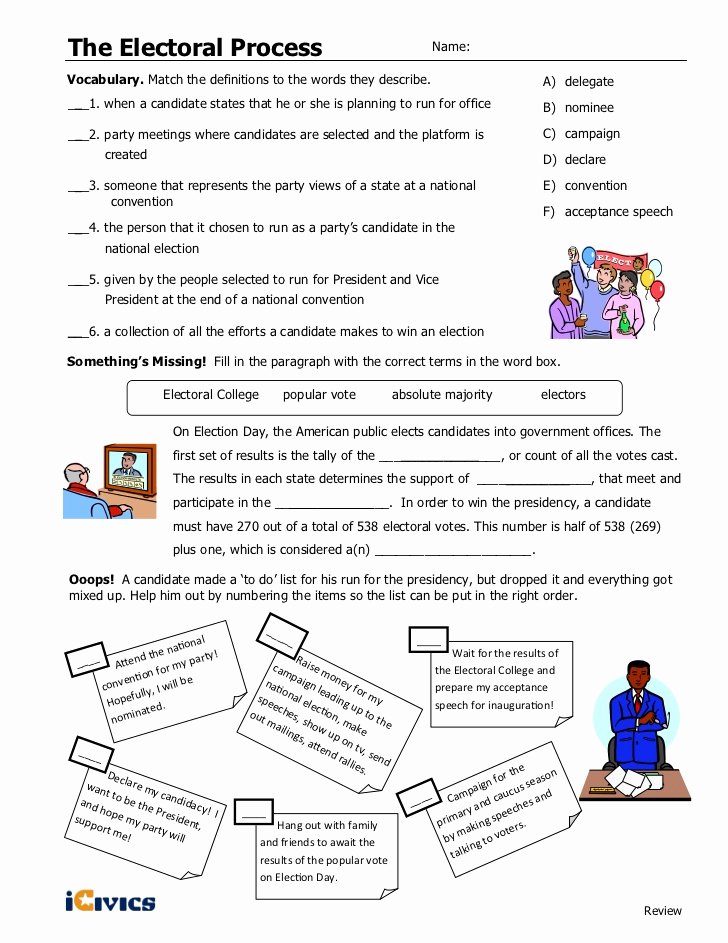
The most up-to-date presidential election was November three, 2020. When individuals cast their vote, they are truly voting for a group of people calledelectors.
Presidential Primaries And Caucuses
Both primaries and caucuses can be “open,” “closed,” or some hybrid of the two. July to early September – Parties hold nominating conventions to choose their candidates.
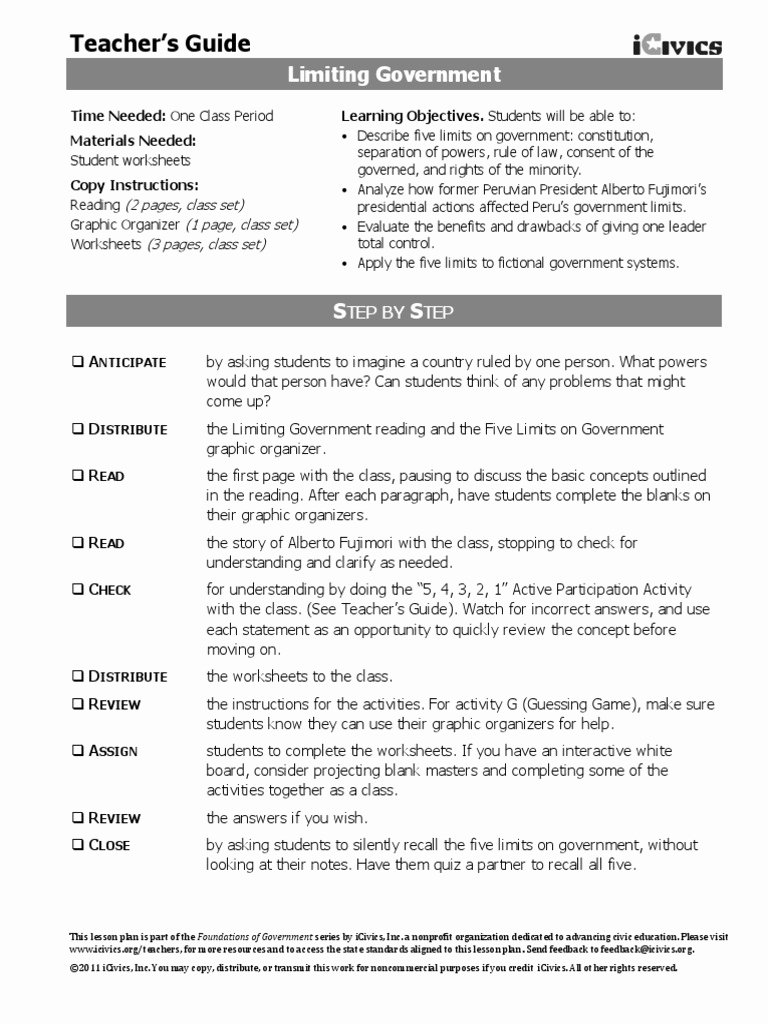
It was a compromise between a well-liked vote by residents and a vote in Congress. The pupil understands occasions that commemorate and exemplify basic values and rules of American democracy.
After the primaries and caucuses, each major celebration, Democrat and Republican, holds anational conventionto select a Presidential nominee. For information about your state’s presidential primaries or caucuses, contact your state election office or the political get together of your choice. In most, members divide themselves into groups based on the candidate they assist.
The uncommon elector who votes for someone else could additionally be fined, disqualified and changed by a substitute elector, or potentially even prosecuted. This quiz is in regards to the electoral process of electing presidents and any other candidates. Unpledged delegates or superdelegates can assist any presidential candidate they select.
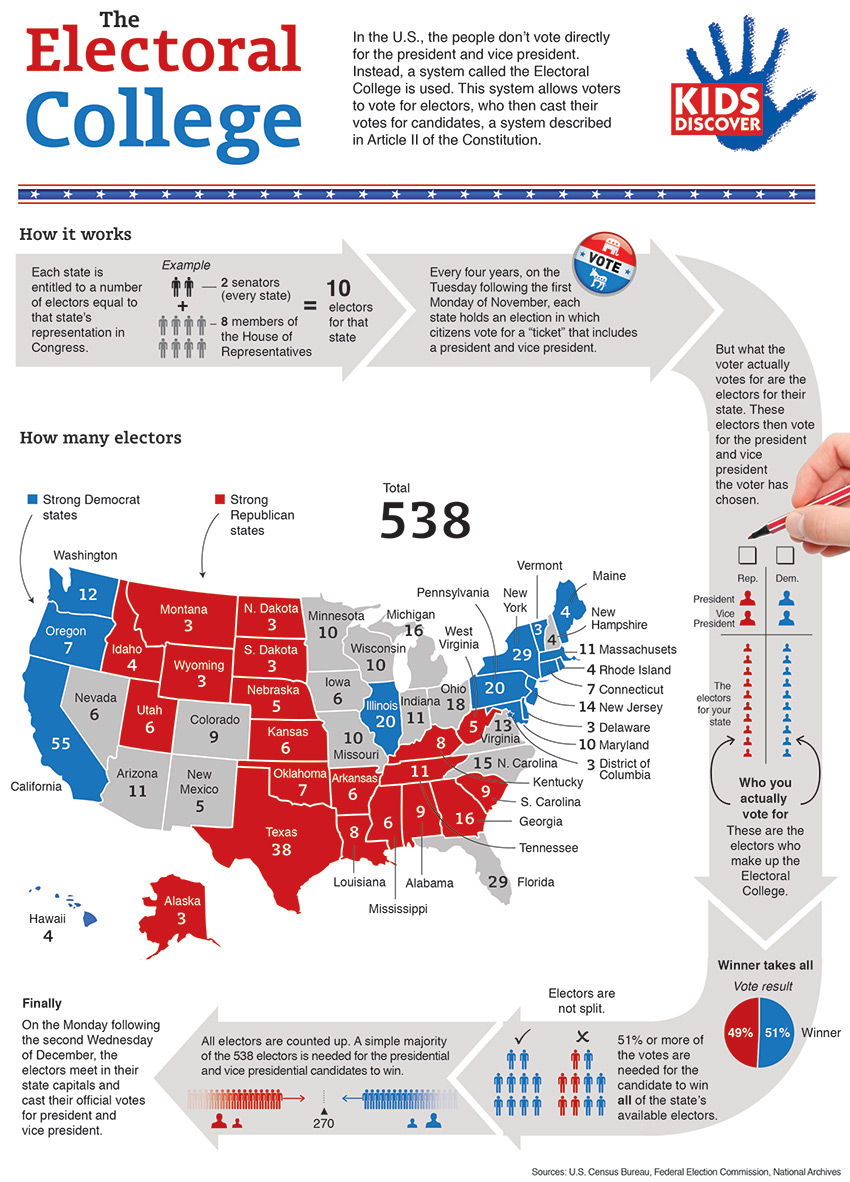
A .gov website belongs to an official authorities organization in the United States. Displaying all worksheets related to – Electoral Process.
Anyone who meets these requirements can declare their candidacy for president. Once a candidate raises or spends more than $5,000 for their marketing campaign, they mustregister with the Federal Election Commission.

To turn out to be the presidential nominee, a candidate typically has to win a majority of delegates. This normally occurs by way of the party’s primaries and caucuses. It’s then confirmed via a vote of the delegates on the national conference.
The candidates then campaign throughout the nation to explain their views and plans to voters. They may also take part in debates with candidates from different parties. But the tally of these votes—the popular vote—does not decide the winner.
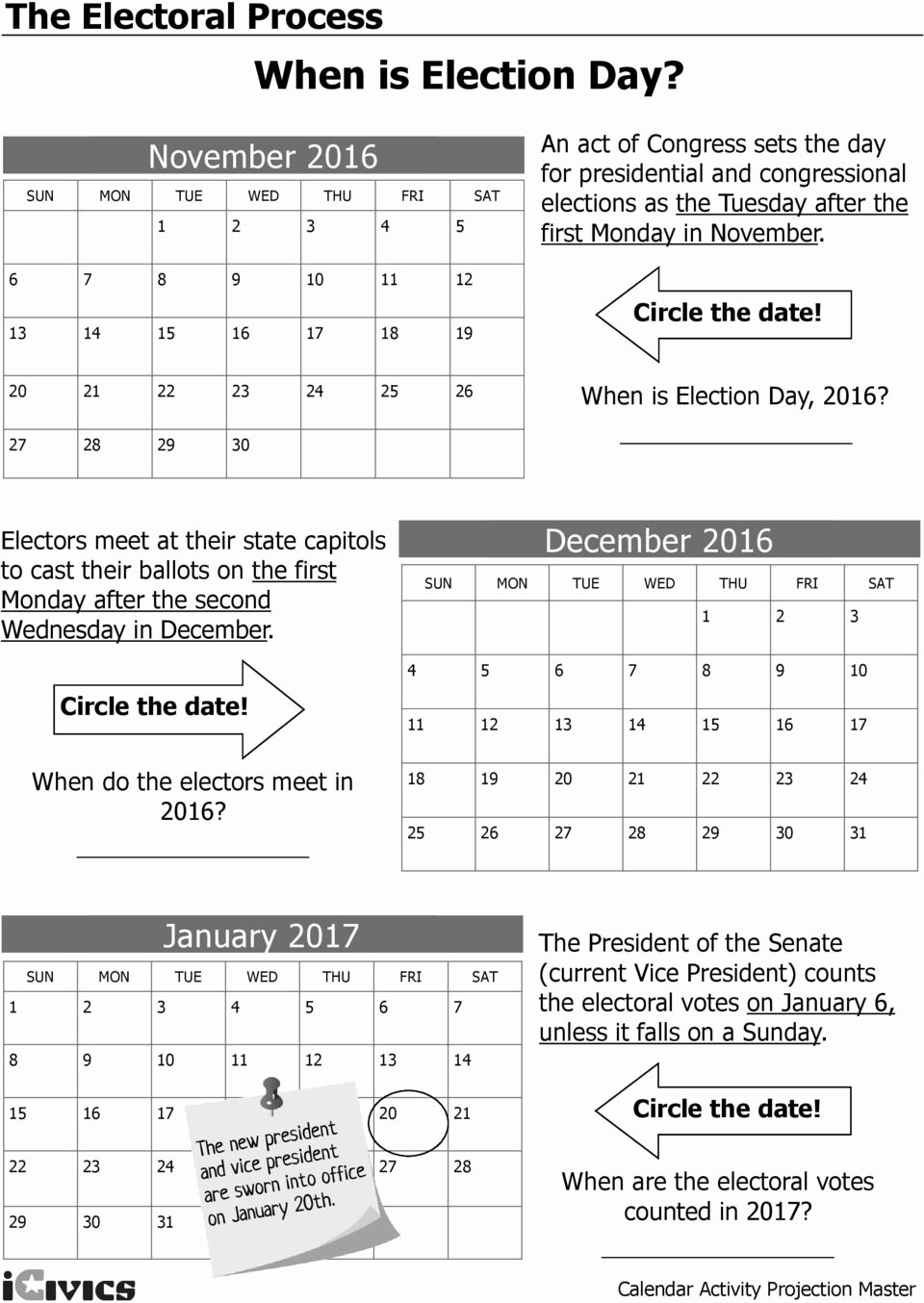
Each elector casts one vote following the overall election. While theConstitution doesn’t require electors to vote for the candidate chosen by their state’s in style vote, some states do.
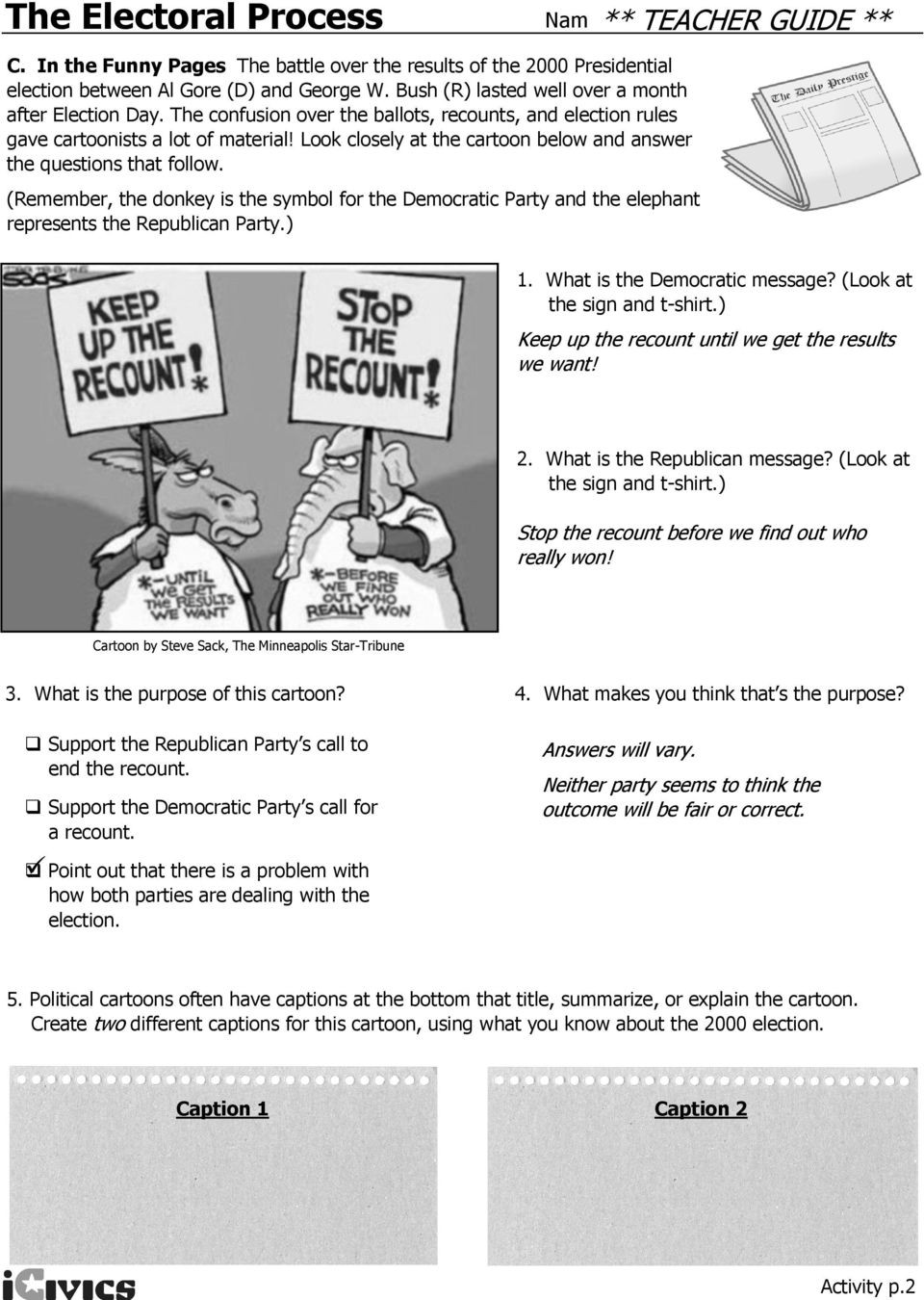
The Senate elects the vice president from the remaining prime two candidates. In uncommon circumstances, not certainly one of the party’s candidates has a majority of delegates going into the convention. The convention is taken into account “contested.” Delegates will then pick their presidential nominee by way of one or more rounds of voting.

Instead, they’re chosen by “electors” via a process known as the Electoral College. If no candidate receives the vast majority of electoral votes, the vote goes to the House of Representatives. House members choose the new president from among the high three candidates.
When the primaries and caucuses are over, most political events hold a national conference. This is when the winning candidates obtain their nomination.
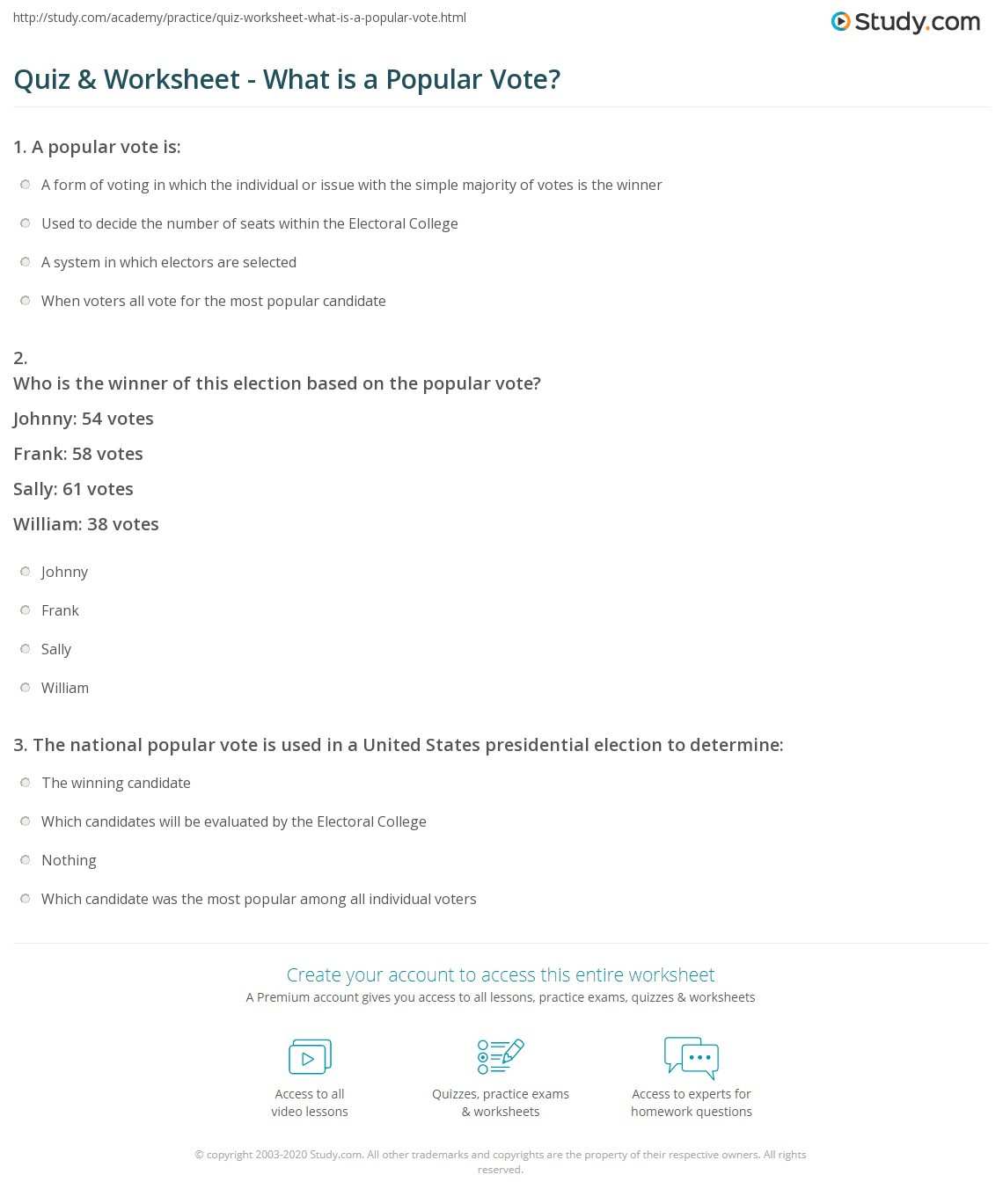
Though primaries and caucuses are run in one other way, they each serve the identical objective. They let the states select the most important political parties’ nominees for the overall election. At the conference, the presidential nominee officially announces their choice of a vice presidential running mate.
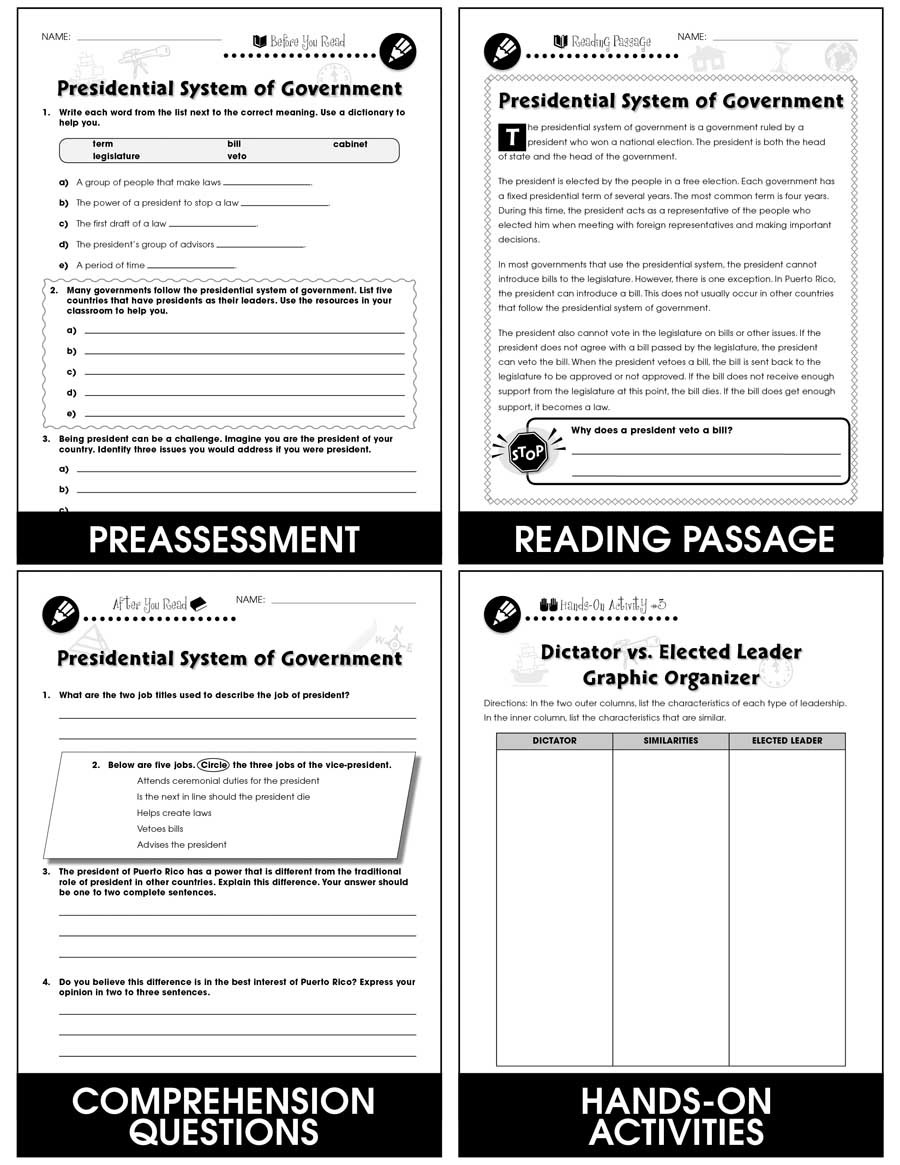
Pledged, or sure delegates must help the candidate they have been awarded to via the primary or caucus process. Early January of the subsequent calendar yr – Congress counts the electoral votes. An election for president of the United States happens every 4 years on the primary Tuesday after the primary Monday in November.
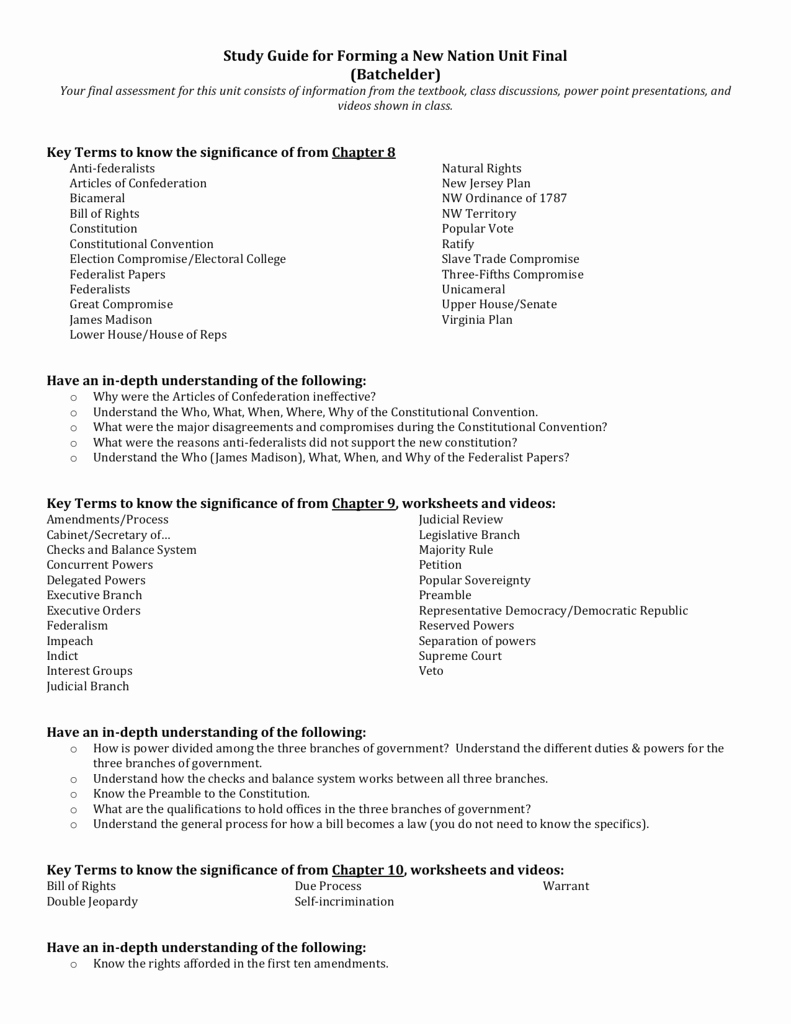
Lots of people dream of changing into President of the United States. But to officially run for office, a person wants to satisfy three basic necessities established by theU.S. How democratic values came to be, and how they have been exemplified by individuals, events, and symbols.

But if no candidate will get the vast majority of a party’s delegates through the primaries and caucuses, convention delegates choose the nominee. Before the general election, most candidates for president go through a sequence of state primaries and caucuses.

Maine and Nebraska assign their electors using aproportional system. Superdelegates can’t vote in the first round unless a candidate already has sufficient delegates by way of primaries and caucuses to get the nomination. Explains the presidential election process from beginning to finish.

In most instances, a projected winner is announced on election night in November after you vote. But the precise Electoral College vote takes place in mid-December when the electors meet in their states. See the Electoral College timeline of occasions for the 2020 election.
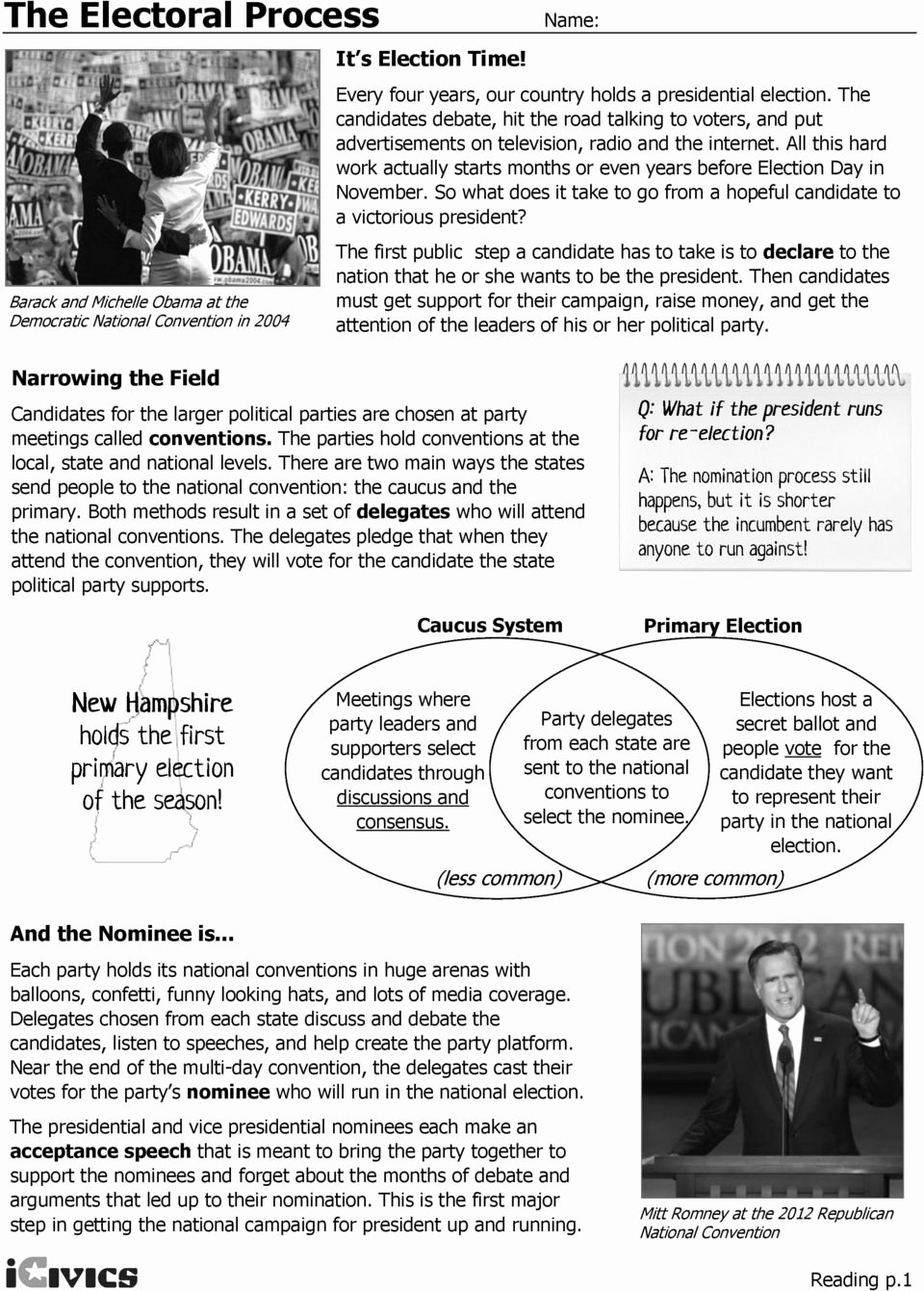
In the primary spherical of voting, pledged delegates often should vote for the candidate they had been awarded to at the start of the conference. During a closed primary or caucus, only voters registered with that get together can take part and vote. The Presidential candidates marketing campaign throughout the nation to win the support of the final inhabitants.
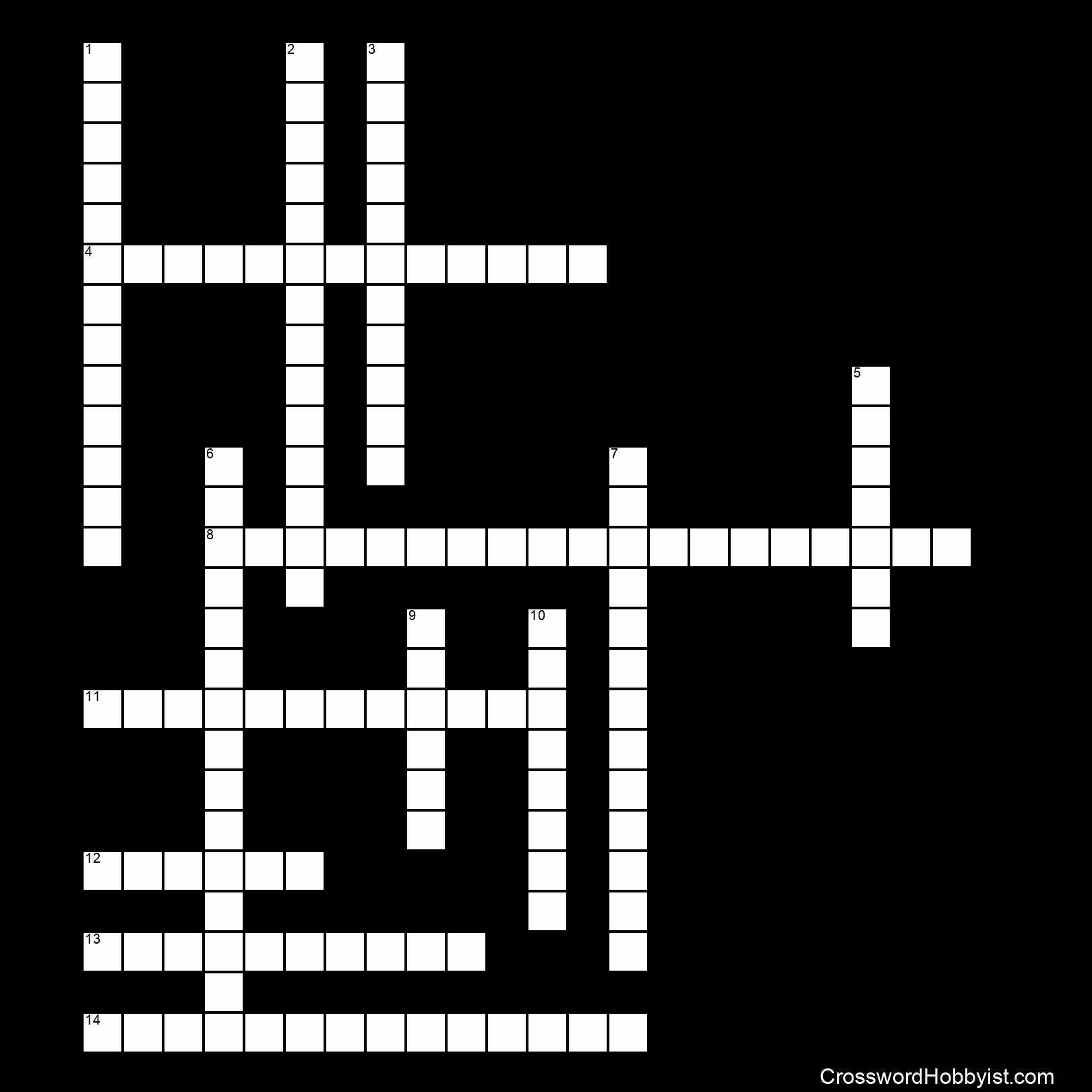
Caucuses are native gatherings of voters who vote at the end of the assembly for a particular candidate. Then it moves to nominating conventions, throughout which political parties each choose a nominee to unite behind. During a political get together convention, each presidential nominee also proclaims a vice presidential working mate.

The parties have totally different numbers of delegates due to the guidelines involved in awarding them. Each party additionally has some unpledged delegates or superdelegates. These delegates aren’t sure to a specific candidate heading into the nationwide conference.
Each group gives speeches supporting its candidate and tries to get others to affix its group. At the top, the variety of voters in every group determines what quantity of delegates each candidate has won. If you’re an American citizen, 18 years of age or older, you may have the best to vote for presidential candidates in the nationwide election.

A candidate needs the vote of no much less than 270 electors—more than half of all electors—to win the presidential election. After you cast your ballot for president, your vote goes to a statewide tally. In forty eight states and Washington, D.C., the winner will get all the electoral votes for that state.

Instead, presidential elections use the Electoral College. To win the election, a candidate must obtain a majority of electoral votes. In the event no candidate receives a majority, the House of Representatives chooses the president and the Senate chooses the vice president.
- When people forged their vote, they are really voting for a group of individuals calledelectors.
- They may also participate in debates with candidates from other events.
- Though primaries and caucuses are run differently, they each serve the same objective.
- Practice as a end result of the subsequent presidential election is closing in quick and its higher you…
- Displaying all worksheets associated to – Electoral Process.
The nominating process is critically necessary to the democratic governement. In 1824, the House of Representatives elected John Quincy Adams as president.
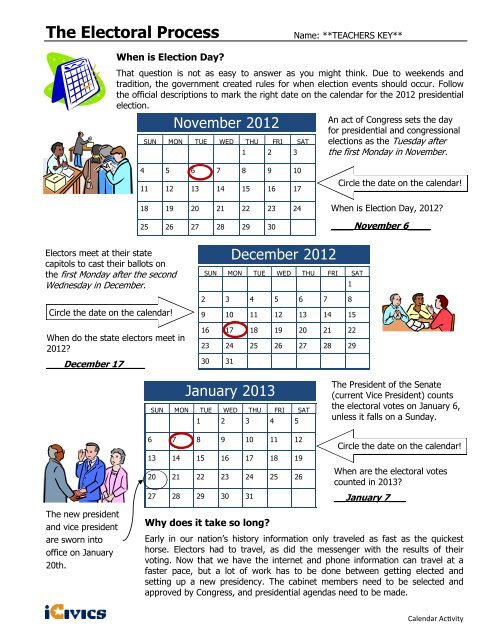
That contains naming a principal campaign committee to lift and spend marketing campaign funds. “Semi-open” and “semi-closed” primaries and caucuses are variations of the two primary sorts.
[ssba-buttons]
